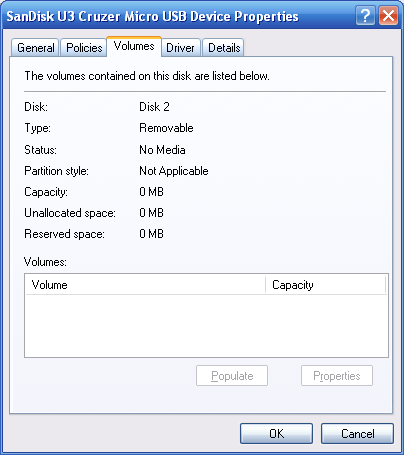17
мар
Cc light sweep download. STEP 1: Add CC light sweep. After keying out your character’s green screen background, you need to add some edge lighting to properly blend them into the scene, especially if there is a bright light source somewhere in the background image. In the Generate section of the Effects pull-down menu, select CC Light Sweep.

A Cruzer USB drive from 2011, with 4GB of storage capacity. A USB flash drive, also known as a thumb drive, pen drive, gig stick, flash stick, jump drive, disk key, disk on key (after the original M-Systems DiskOnKey drive from 2000), flash-drive, memory stick (not to be confused with the ), USB key, USB stick or USB memory, is a that includes with an integrated interface.
It is typically removable, rewritable and much smaller than an. Most weigh less than 1 oz (28 grams). Since first appearing on the market in late 2000, as with virtually all other computer memory devices, storage capacities have risen while prices have dropped. As of March 2016, flash drives with anywhere from 8 to 256 GB were frequently sold, while 512 GB and 1 TB units were less frequent. As of 2018, 2TB flash drives were the largest available in terms of storage capacity.
Agfa Photo 8GB USB Flash Drive. To view store specific pricing and availability please enter a zip and choose a store. Enter Your ZIP Code for store.
Some allow up to 100,000 write/erase cycles, depending on the exact type of memory chip used, and are thought to last between 10 and 100 years under normal circumstances ( ). USB flash drives are often used for storage, data back-up and transfer of computer files. Compared with or, they are smaller, faster, have significantly more capacity, and are more durable due to a lack of.
Additionally, they are immune to (unlike floppy disks), and are unharmed by surface scratches (unlike CDs). Until about 2005, most desktop and laptop computers were supplied with floppy disk drives in addition to USB ports, but floppy disk drives became obsolete after widespread adoption of USB ports and the larger USB drive capacity compared to the 1.44 3.5-inch floppy disk. USB flash drives use the standard, supported natively by modern such as,, and other systems, as well as many boot ROMs. USB drives with USB 2.0 support can store more data and transfer faster than much larger like CD-RW or DVD-RW drives and can be read by many other systems such as the,, DVD players, automobile entertainment systems, and in a number of handheld devices such as smartphones and tablet computers, though the electronically similar is better suited for those devices. A flash drive consists of a small carrying the circuit elements and a USB connector, insulated electrically and protected inside a plastic, metal, or rubberized case, which can be carried in a pocket or on a key chain, for example. The USB connector may be protected by a removable cap or by retracting into the body of the drive, although it is not likely to be damaged if unprotected. Most flash drives use a standard allowing connection with a port on a personal computer, but drives for other interfaces also exist.

USB flash drives draw power from the computer via the USB connection. Some devices combine the functionality of a with USB flash storage; they require a battery only when used to play music on the go. Contents • • • • • • • • • • • • • • • • • • • • • • • • • • • • • • • • • • • • • • • • • • • • • • • • History [ ], an Israeli company, were granted a US on November 14, 2000, titled 'Architecture for a [USB]-based Flash Disk', and crediting the invention to, and Oron Ogdan, all M-Systems employees at the time. The patent application was filed by M-Systems in April 1999. Later in 1999, IBM filed an invention disclosure by one of its employees. Flash drives were sold initially by Trek 2000 International, a company in Singapore, which began selling in early 2000.

